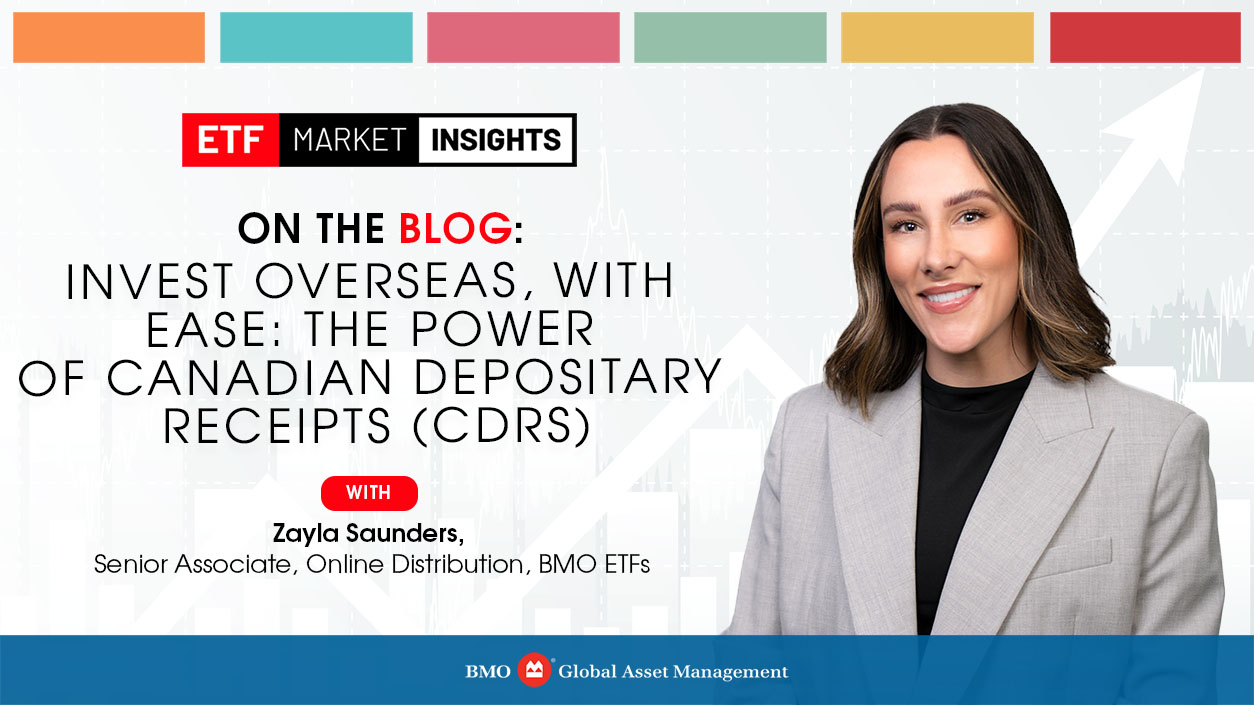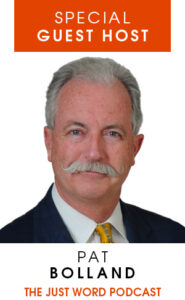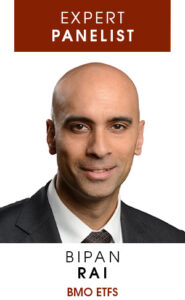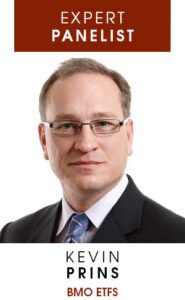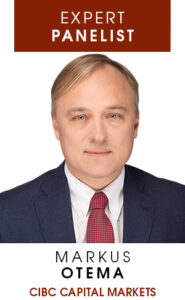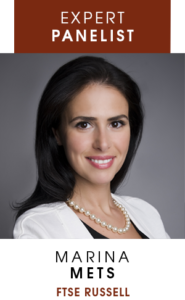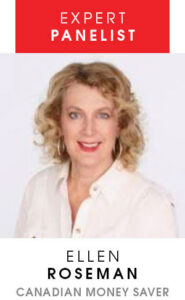Diversifying your portfolio is a cornerstone of smart investing, reducing risk and potentially enhancing returns. While the Canadian market offers diversification by sector, it represents only about 3% of the world’s capital market 1. This means that Canadian investors are missing out on a staggering 97% of global investment opportunities. However, the hurdles of currency conversion, foreign exchange costs, and currency risk often deter Canadian investors from going global. Enter CDRs, a revolutionary tool that bridges this gap.
What Exactly are CDRs?
CDRs are financial instruments that represent beneficial ownership in shares of foreign companies but are traded in Canadian dollars on Cboe, a Canadian stock exchange. This innovation simplifies global investing for Canadians, eliminating the need to navigate foreign exchanges and manage currency fluctuations.
Comparing CDRs to Traditional Stocks and American Depositary Receipts (ADRs)
While traditional stocks directly represent ownership in companies, CDRs offer a streamlined approach to investing in international firms. Unlike ADRs which trade in U.S. dollars, CDRs cater specifically to Canadians, providing similar exposure to global markets without the complexities of trading at foreign exchanges and in foreign currencies.
A Quick Look at CDR History
The concept of depositary receipts traces back nearly a century, with ADRs emerging in the 1920s. By 2023, major banks listed over 2400 ADRs in the U.S. market. Canada joined the depositary receipt market in 2021 with offerings focused on U.S.-based companies. In 2025, Bank of Montreal (BMO) introduced its own CDR program, expanding access to global giants from Japan, Germany, Switzerland, Denmark, and the Netherlands.
Benefits of CDRs Explained
- Global Access: CDRs open doors to international investment opportunities, broadening investment horizons for Canadian investors.
- Currency Risk Management: CDRs mitigate the impact of foreign currency fluctuations on returns through a notional currency hedge.
- Fractional Shares: With a starting price of around CAD $10, investors can afford fractional exposure to shares of otherwise expensive global companies.
- Diversification: CDRs enable effortless geographic diversification, reducing reliance on any single market.
Understanding CDR Features
- Currency Efficiency: CDRs allow Canadians to get exposure to global stocks in Canadian dollars, eliminating currency conversion costs.
- Currency Hedge: CDRs minimize the impact of currency fluctuations while reflecting the performance of the underlying foreign company.
- Fractional Exposure: Affordable entry-point to high-priced stocks as CDRs are generally issued at a price lower than the underlying share effectively providing Canadians with fractional exposure to listed stocks of large global companies.
- Dividends: Investors will be entitled to any distributions paid on the underlying shares in Canadian dollars proportional to the number of underlying shares to which they are entitled. Taxes on distributions may be withheld by the CDR underlying company’s local or national tax authority. Whether distributions, such as dividends, are subject to foreign withholding tax in the same manner as if the underlying share were directly held by the investor will vary by jurisdiction Since the dividends are paid in Canadian dollars, investors do not have to subsequently go through the process of any currency conversion.
- Market Accessibility: CDRs trade seamlessly on a Canadian exchange, ensuring ease of buying and selling.
How Do CDRs Work in Practice?
Each series of CDRs provides economic exposure corresponding to a number of underlying shares. The specific number of shares that each series of CDRs represents is called the CDR ratio. For example, if the CDR ratio for a particular series is 0.50, this means that such series of CDR represent 0.50, or half, of a company share, so an investor would need to purchase 2 CDRs of the series to obtain the economic exposure corresponding to 1 underlying share. The CDR ratio for each series of CDRs is adjusted daily to provide the notional currency hedge as the foreign currency increases/decreases in value to the Canadian dollar.
Where to Purchase CDRs?
Whether through BMO InvestorLine, any direct investing platform, or your investment advisor, you have options. CDRs are listed on the Cboe Canada stock exchange, and trades similarly to ETFs, as they can be bought and sold through your online broker’s direct investing account.
Considerations and Fees
- Currency Hedging Fees: BMO Asset Management Inc., as administrator of the BMO CDR program, will earn compensation for the notional currency hedge, which will on average not include a spread of greater than 60 basis points on an annualized basis.
- Price risk: Just like any share or ETF, there is no guarantee that a CDR will increase in value at any time. All prospective CDR Holders should consider an investment in a CDR within the overall context of their investment portfolio as well as other considerations.
Tax Implications: Similar to holding shares directly, the gains on the sales of CDRs should generally be treated as capital gains.
Tips for Investors
- Research: Conduct thorough due diligence before investing in CDRs to understand underlying companies and markets.
- Diversify: Strategically diversify your portfolio with CDRs across different geographies.
- Seek Professional Advice: Consider consulting financial professionals to optimize your investment strategy.
In Summary
CDRs offer Canadian investors a seamless gateway to global markets, minimizing currency risks, enabling fractional ownership, and facilitating international diversification, all in Canadian dollars. Whether you’re a novice or seasoned investor, explore the possibilities of CDRs today through your preferred trading platform.
For more information and resources on CDR investing, visit BMO’s dedicated CDR website at www.bmoCDRs.com. Start your journey into the world of CDRs and don’t hesitate to reach out with any questions. We’re here to guide you through this exciting investment solution.
1Source: https://www.msci.com/research-and-insights/visualizing-investment-data/acwi-imi-complete-geographic-breakdown
Disclaimer
This material is for information purposes only. The information contained herein is not, and should not be construed as, investment, tax or legal advice to any party.
An investment in Canadian depositary receipts (“CDRs”) issued by BMO may not be suitable for all investors. Important information about these investments is contained in the short form base shelf prospectus and prospectus supplement for each series of CDRs (together, the “Prospectus”). Purchasers are directed to www.sedarplus.ca or to www.bmogam.com to obtain copies of the Prospectus and related disclosure before purchasing CDRs.
Each series of CDRs relates to a single class of equity securities (the “Underlying Shares”) of an issuer incorporated outside of Canada (the “Underlying Issuer”). For each series of CDRs, the Prospectus will provide additional information regarding such series, including information regarding the Underlying Issuer and Underlying Shares for such series. Neither BMO and its affiliates nor any other person involved in the distribution of CDRs accepts any responsibility for any disclosure provided by any Underlying Issuer (including Information contained herein or in the Prospectus that has been extracted from any Underlying Issuer’s publicly disseminated disclosure).
BMO Global Asset Management is a brand name under which BMO Asset Management Inc. and BMO Investments Inc. operate. Each series of CDRs is only offered to investors in Canada in accordance with applicable laws and regulatory requirements.
“BMO (M-bar roundel symbol)” is a registered trademark of Bank of Montreal, used under licence.




